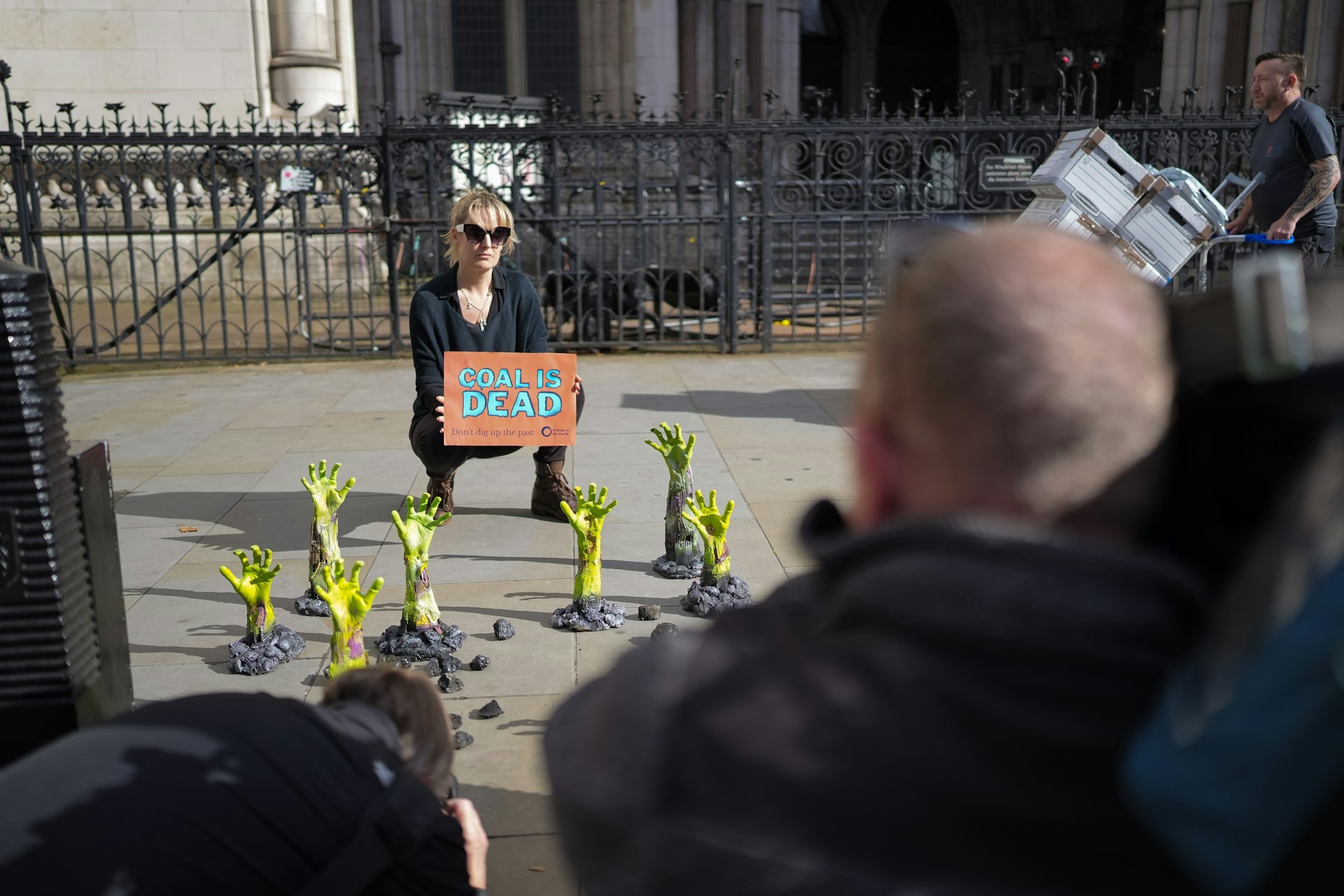Portraits that capture three decades of black culture
- Text by Miss Rosen
- Photography by Liz Johnson Artur

Growing up in Germany, Russian Ghanaian artist Liz Johnson Artur spent her summers in the former Soviet Union. But in 1986, she received an invitation to stay with a family friend in Brooklyn. Deep in Williamsburg, long before it was gentrified, Artur found herself in a black community for the very first time.
“Up until then I hadn’t really travelled in any countries that had a black population,” she says. “Coming to Brooklyn was something I didn’t expect, but I realised I could take pictures of people.”
Over the past three decades, Artur has been taking photographs of the African diaspora as an extension of herself, seamlessly integrating the practice of photography into her everyday life.
The result is Artur’s ongoing Black Balloon Archive, selections from which are included in the intimate exhibition Dusha, along with two videos and a selection of sketchbooks. “Dusha,” which means “soul” in Russian, is at the heart of Artur’s work. As a self-described “product of migration” who adopted London as her home, Artur’s artistic process is her way of being in the world.
While Artur pursued her MA at the Royal College of Art in London and began working as a freelance magazine photographer during the ’90s, she spent her personal time capturing black life as it unfolded before her eyes. “There’s never been any reason other than I see someone I like,” she says.

Liz Johnson Artur, Country Show, 2016.

Liz Johnson Artur, Black Balloon Archive, 1992–ongoing.
“I’m interested in that moment and if they’re interested, I get a picture. Sometimes I talk to people; sometimes I catch them without them noticing. It was also important not to have an agenda. It’s very organic for me to relate to people and photography was my tool to capture those moments. I always try to keep it on that level, even today.”
The Black Balloon Archive takes its name from a lyric sung by the American soul singer Sylvester “Syl” Johnson, describing a black balloon against a snow-white sky. It’s a poetic image to describe the extraordinary beauty of life, free and unfettered by the constraints of society. An Artur photograph is what it is, without label or pretence.
“I want to show it is all out there,” she says. “I go to places everyone goes. A lot of times it’s a collaborative thing. I don’t direct people but I ask them and open that space for them to present themselves. Sometimes it’s good to meet someone without knowing anything about them. A photograph can set us on a course.”
“What is important when I show work is that people have a chance to both look at individuals and see it as a whole.”

Liz Johnson Artur,

Liz Johnson Artur, Untitled (PDA), 2018

Liz Johnson Artur, Untitled (PDA), 2018.

Liz Johnson Artur, Book for Thought, 2018.

Liz Johnson Artur, Josephine, Peckham, 1995.
Liz Johnson Artur: Dusha is at the Contemporary Art Museum in St. Louis, Missouri, which is temporarily closed due to the COVID-19 outbreak.
Follow Miss Rosen on Twitter.
Enjoyed this article? Like Huck on Facebook or follow us on Twitter.
Latest on Huck

Autism cannot be cured — stop trying
A questionable study into the ‘reversal’ of autism does nothing but reinforce damaging stereotypes and harm, argues autistic author Jodie Hare.
Written by: Jodie Hare

Bristol Photo Festival returns for second edition
After the success of it’s inaugural run, the festival returns this autumn with exhibitions, education and community programmes exploring a world in constant motion through still image.
Written by: Ben Smoke

Documenting the life of a New York gang leader paralysed by gun violence
New photobook ‘Say Less’ is a complex yet humanising look into a life wrecked by gun violence and organised crime.
Written by: Isaac Muk

The woman who defined 80s Hip Hop photography
A new exhibition brings together Janette Beckman’s visionary and boundary pushing images of an era of cultural change and moral panic.
Written by: Miss Rosen

In photos: the dogs of Dogtown
A new photobook documents Venice Beach’s four legged friends and their colourful cast of owners.
Written by: Isaac Muk

Inside the battle to stop coal
As the legal challenge against Britain’s first deep coal mine in 30 years reaches the High court, we talk to activists at the centre of the fight to stop it.
Written by: Ben Smoke